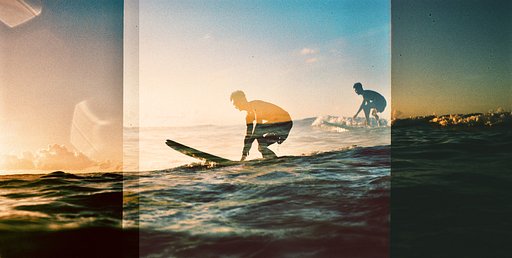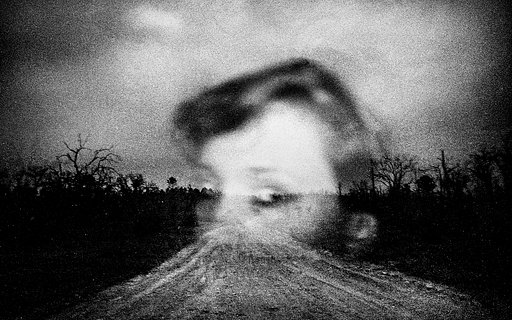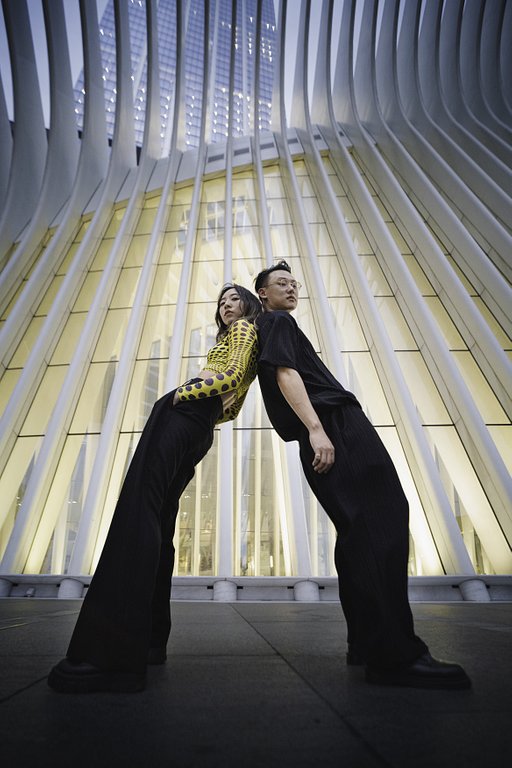Making a Moment: Guido Rocatti’s Long Exposure of Volcán de Fuego
14 Share TweetIn our article series, Making a Moment, we’re asking photographers to share one of their favorite photos that they’ve taken. We want to know the story behind the final image and everything that went into making it.
Guido Rocatti, aka @ruido, is an anthropologist from the coastal city of Mar del Plata in Argentina. Now living in Buenos Aires, he spends most of his time conducting research on primates and working as a teaching assistant at his university. Guido describes analogue photography (along with literature, cinema and music) as “a refuge” - a sentiment that no doubt rings true for many Lomographers. Guido’s analogue journey started with a rudimentary Budweiser can-shaped camera and he’s been enamored with film ever since.

Guido: The thing I admire the most about art as a whole is that it is purely made, out of the void, by decisions. Why use this word and not other? Why this thick brush stroke? Why this harmony? Why this camera angle? This photograph is my favorite because, through decisions, I feel I managed to convey exactly what I perceived.
What we see in this photograph is the constant roar of the Volcán de Fuego at nightfall. As the myth that tells that by putting your ear close enough to a seashell you can listen to the sea, every time I look at this image I can feel the trembling sound of lava eruptions, together with the thrilling sensation under my skin caused by the powerful and continuous tremor of the earth.
This picture was taken from a campsite at the southern face of the Volcán de Fuego’s neighbor, the Acatenango volcano. It was a somewhat planned photograph, for I imagined this image months before, when my friend and I decided to travel to Guatemala. I wanted to keep it analogue this time, so I only took to the trip my grandmother’s Canon AV-1 camera with its Canon FD 50 mm lens. The same she took to her myriad of voyages all over the world. (Something that is present in my thoughts every time I shoot with it, as if I were accompanied by her on my trips.)
As I was planning to shoot mostly in daylight, I only had with me low ISO films. Moreover, I wanted to obtain images with warm colors and fine grain, so I used an expired Ferrania Solaris 100 film bought back at my home country, Argentina. Knowing this, I packed my little octopus tripod with me, in order to try and shoot long exposure photographs of the volcano at night.
After a very exciting 5-hour hike through different biomes, we reached the campsite in Acatenango volcano, where we were welcomed by the stunning sight of the Volcán de Fuego erupting. We set our tents and rapidly, before dusk, I set my camera shutter to Bulb mode, adjusted a 2.8 aperture and placed the tripod towards the crater. The night was almost over us when another eruption started. I instantly pressed the shutter, holding my finger, and started counting the seconds. After 21 seconds, the eruption diminished bit by bit and the camera shutter closed. Why 21 seconds and not 25 nor 20? Call it gut instinct, a hunch maybe, also luck, sure, but a decision after all.
It was after weeks of anxiety caused by the uncertainty of the results that I could develop the film and finally feel the relief and the thrill that comes when the results meet the expectations. For me, that sensation is something that analogue photography solely can bring. A sensation that ultimately connects me with my grandmother, years after her departure.
To see more of Guido's fantastic photography check out his LomoHome.
In this series of articles we're asking you to share the story behind your favorite photo. Interested in being featured? Email alex.gray@lomography.com with the subject line - Making a Moment.
written by alexgray on 2022-11-24 #gear #culture #places #making-a-moment #long-exposure #volcano #expired-film #argentina #guatemala #south-america #canon-av-1 #photo-story #making-a-moment
















No Comments